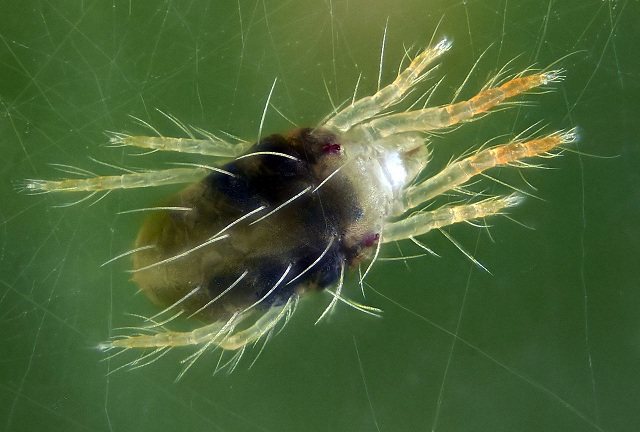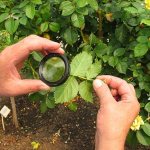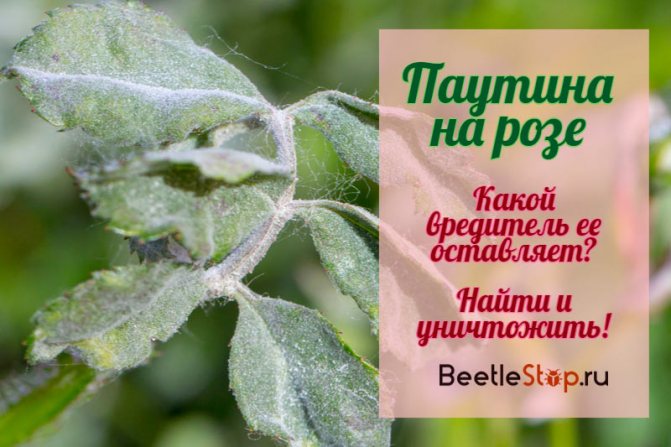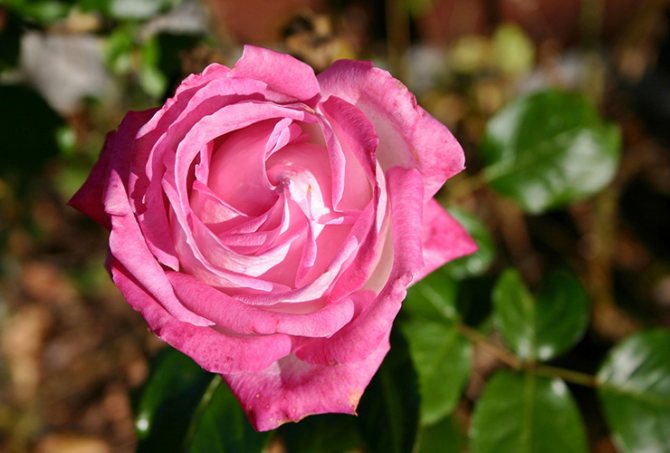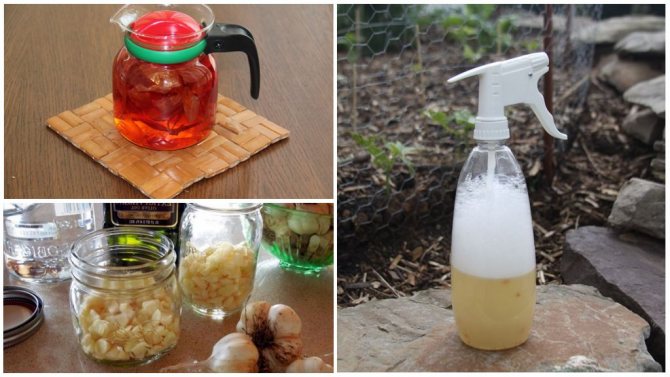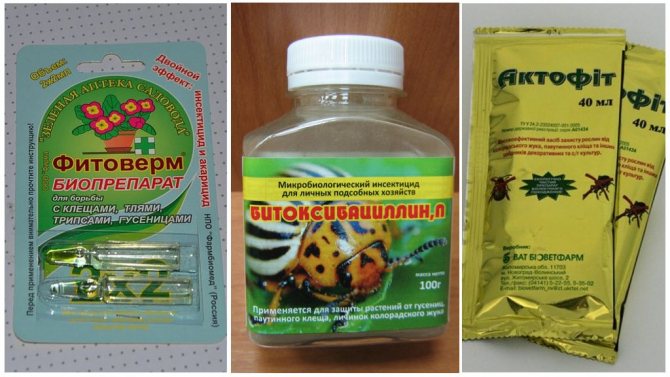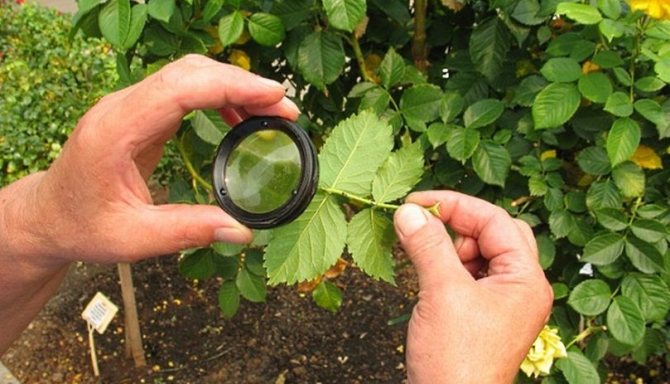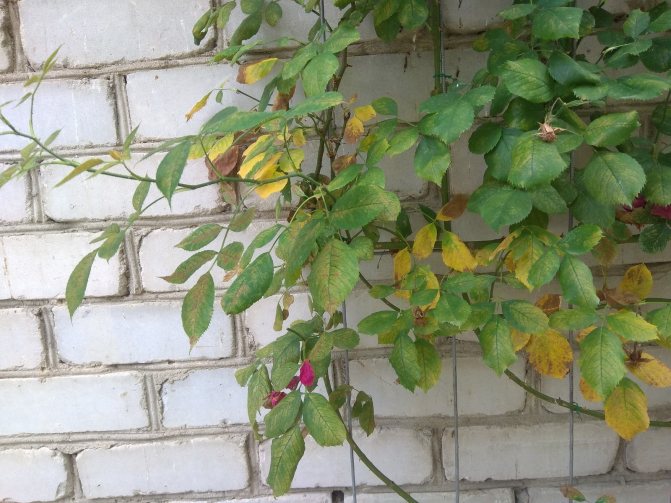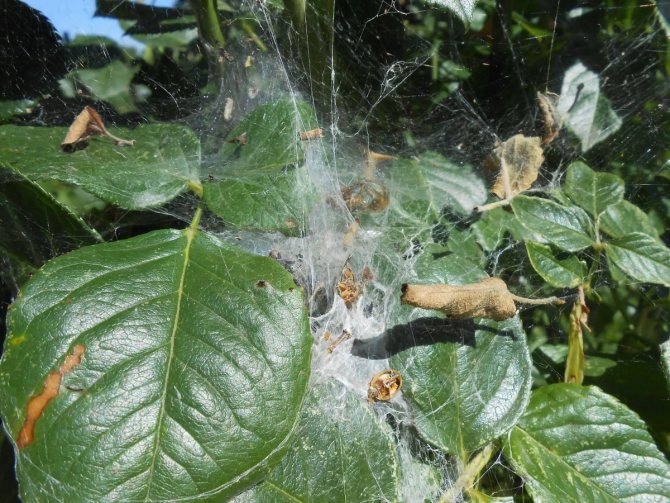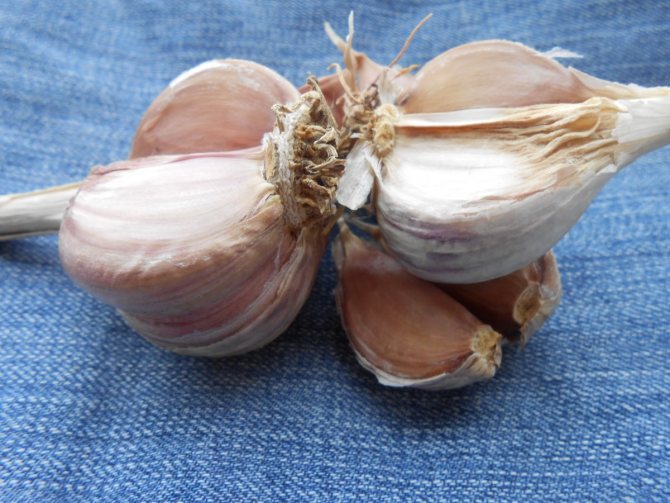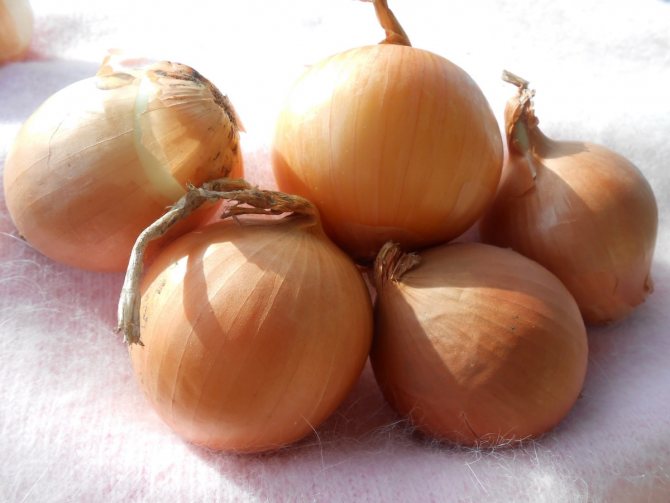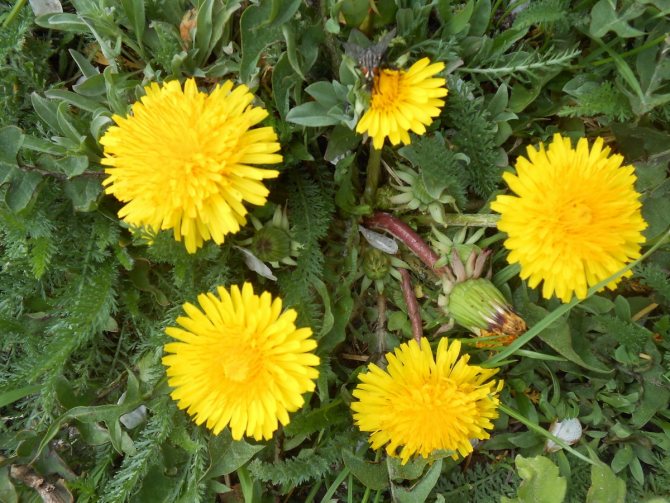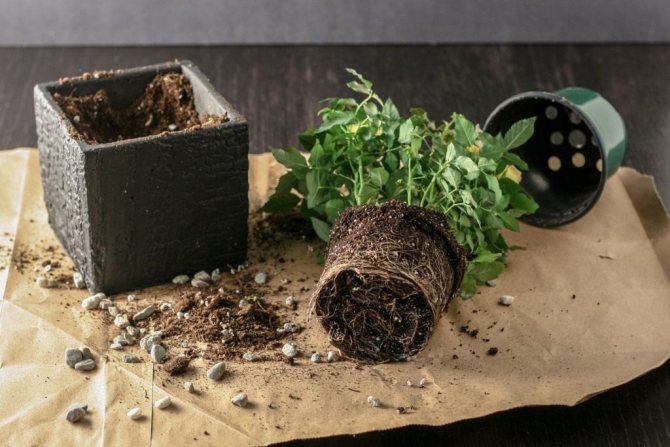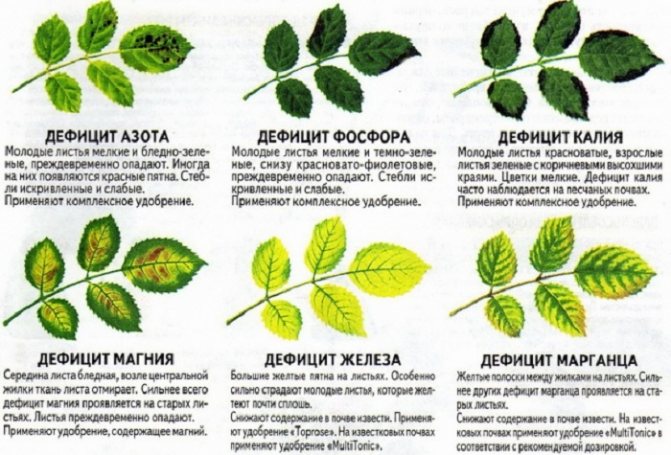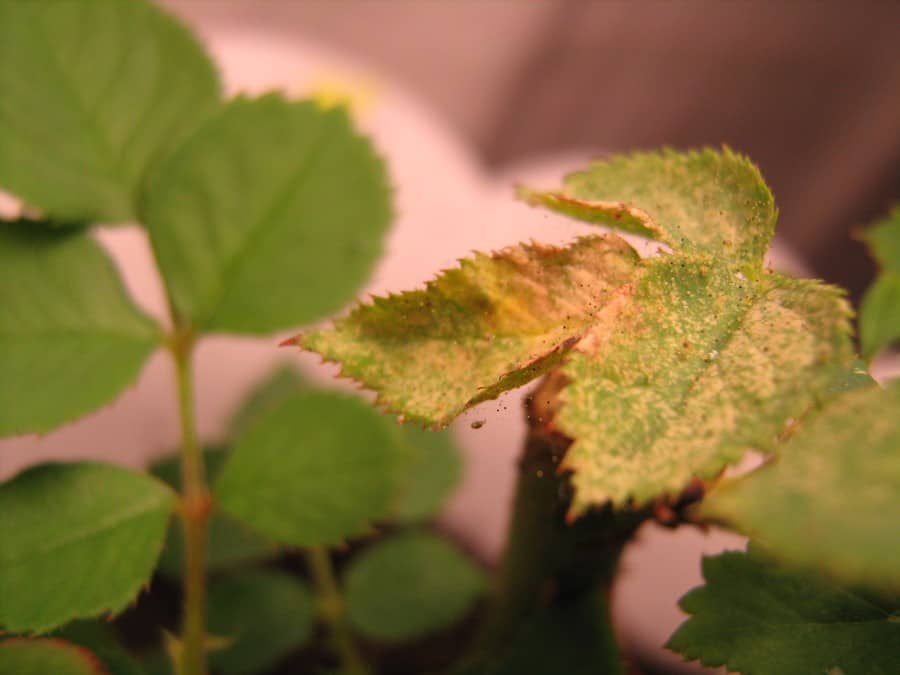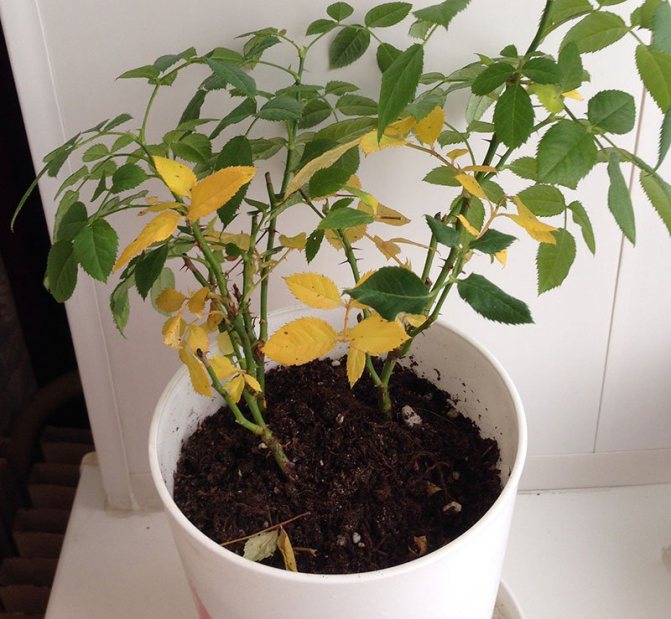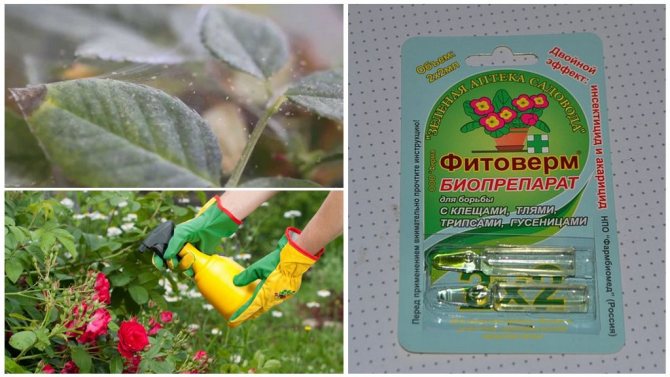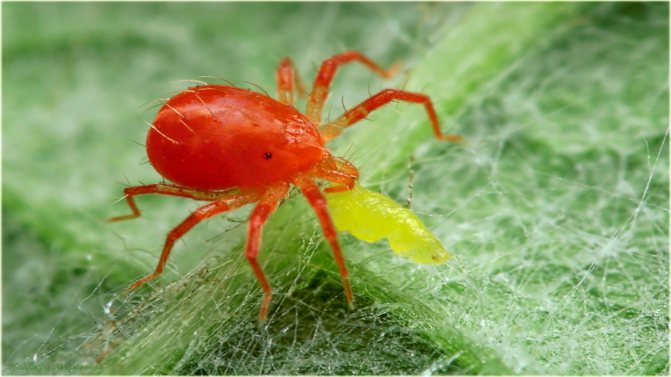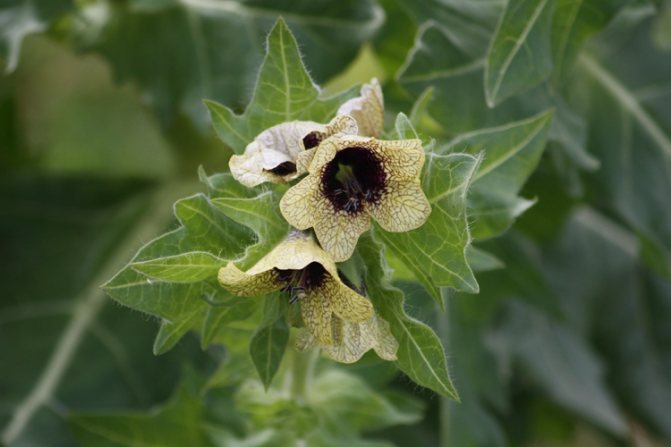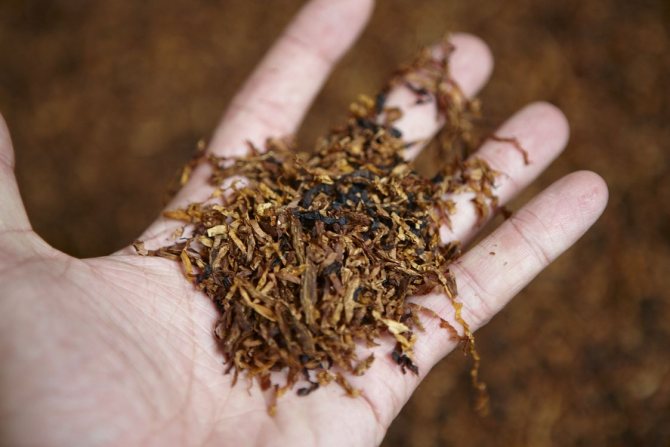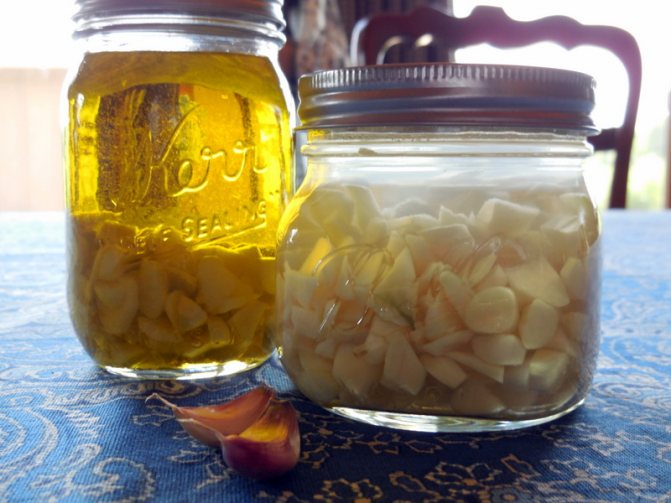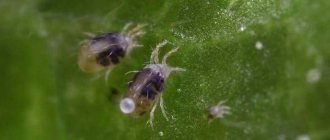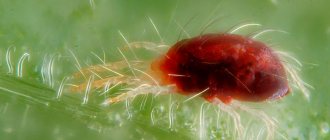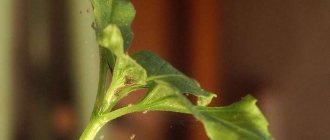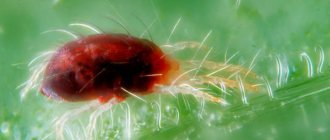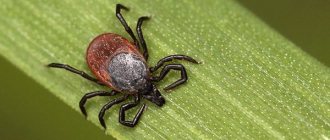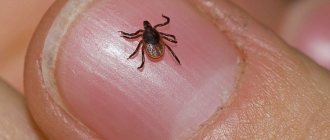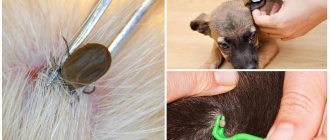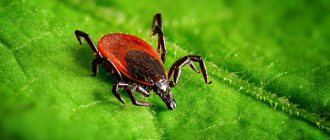The spider mite is a common pest for all types of roses. Found in both indoor and garden views. It leads to the rapid wilting of the plant, disrupts metabolic processes and reduces photosynthesis. The effectiveness of the treatment depends on the degree of damage and the state of health of the rose. For control and prevention, folk remedies and chemicals are used. They will be discussed in this article.
Signs of spider mite infestation
In the initial stages, few people notice the appearance of a pest. Treatment usually begins when tiny parasites have already settled on the flowers, having managed to disrupt their integrity at the cellular level. Lacking nutrients and oxygen, the plant noticeably weakens, and then its owners discover the problem.
How to recognize the enemy "by sight"
It is possible to consider the enemy destroying the flowers grown with such difficulty only with the help of magnifying devices: a magnifying glass or a microscope. The size of the parasite is small, females reach a length of 0.6 mm, males are even smaller - up to 0.45 mm (see photo).
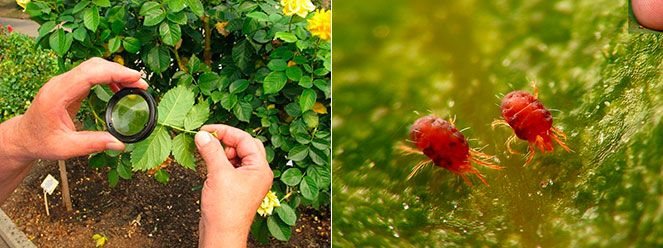
The common spider mite, namely, it most often appears on both indoor and garden roses, has an oval soft body, covered with hairs and painted in different shades of red - from coral to purple. It belongs to the arachnids, adults have 8 legs. The larvae are transparent with a greenish or mustard tint.
Ticks are not insects and it is useless to fight them with insecticides. It is necessary to choose potent acaricidal or insectoacaricidal agents.
The best condition for the breeding of dangerous arthropods is warm dry air, just like that happens in hot summers or during the heating season. The pest forms large clusters and is capable of increasing its number tenfold in 15 - 20 days. Females lay hundreds of eggs, of which larvae appear in a month, requiring increased nutrition. They especially "love" young and tender pink shoots. But the tick is a polyphage and, having appeared in the house, is capable of destroying many indoor plants.
Turning over the affected leaves, it is easy to detect fast moving red dots. This is what a spider looks like if you look at it with the naked eye. Experienced growers periodically bring a sheet of white paper to the rose bushes and shake the branches. Ticks, if present, are bound to fall and be noticed.
Where the danger can come from
Pests do not fly, but they are often carried through open windows by the wind from nearby trees. Adults, eggs or larvae enter the house on shoes, clothes and animal hair. But the main carriers of this miniature predator are infected ornamental plants.
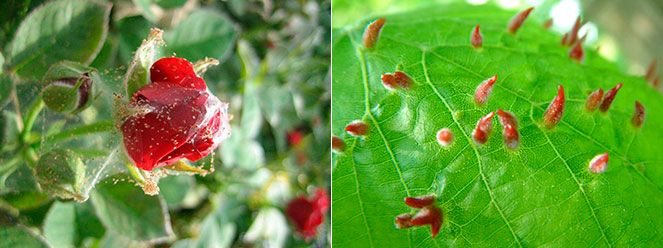

Even buying indoor flowers in a trusted store does not guarantee their quality. The disease does not appear immediately, but until the danger becomes visible, the parasites will have time to spread.
Therefore, it is not worth rushing to put the purchase on the windowsill of the "old-timers", it is better to organize quarantine for it. Ideally - "settle" in a separate room for 1 month. If this is not possible, set aside from the rest, maintaining a 3-meter distance.
During the isolation period, the plant must be examined several times, paying attention to the back of the leaves and stems of young shoots. Ticks settle there. For the prevention of the "newbie" is treated with "Fitoverm" and other bio-preparations of a wide spectrum of action, harmless to people and pets.
The main signs of the disease
Numerous light spots on young greenery are the first signal of the appearance of a tick. When the cobwebs are visible on the roses and the leaves dry, the infection has passed into a critical stage and it is much more difficult to fight it. Small discolored spots form at puncture sites that the pest inflicts to feed on the plant sap. As the colony of parasites grows, the damaged leaf surface increases. The specks merge into single fields, and the first threads of the web appear at the points of attachment of the cuttings to the main stem.
Having lost the ability to synthesize nutrients, the leaves turn yellow or gray, curl and fall off. In the light, they are openwork, without part of the pulp. Sometimes the leaf plates are deformed - this is also one of the signs of the appearance of pests.
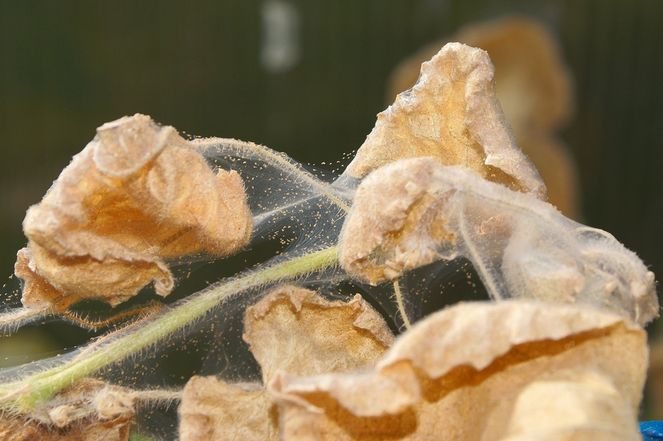

A heavily affected bush looks like this:
- Some of the leaves are covered with a coating, as if dusty.
- Not only individual shoots, but also entire branches with buds are braided with several layers of cobwebs, on which clusters of parasites are noticeable. If the colonies of arachnids are concentrated closer to the edges, then they are going to look for a new, more "fresh" plant.
- The bush stops blooming. Random buds are small and often fall off without opening.
- Signs of gray rot may appear - brown spots, with a fluffy whitish coating. Spores of this fungal disease are carried by spider mites.
In the later stages of infestation, domestic roses are rarely salvageable. If the flower had to be thrown away, the place where it was - the window sill, glass and window frames are thoroughly washed using household chemicals or soda (in solution).
How does the parasite affect and affect the home rose?
To begin with, it should be noted that both adult individuals of parasites and small larvae feed on the cell sap of the leaves of indoor crops, including a room rose. With the help of its proboscis, the plant begins to pierce the leaf. At the site of the bite, puncture points begin to actively develop, which can be clearly seen in the gaps.
The main symptoms of spider mite exposure.
When ticks begin an active reproduction process, then there are much more of them, punctures begin to form small spots. The leaves begin to lose their bright color over time and turn pale, acquiring a grayish or yellow tint. At the second stage of tick development, the affected areas of the leaves begin to roll up into tubes and eventually dry out and fall off.
After the moment the tick attacked the crop, the plant begins to weaken quickly: it grows poorly, the development of lush buds and leaves, in this case there is no question at all, the plant regularly develops diseases.
If the defeat of the plant takes on a massive form, then the leaves of the culture turn white, and the entire area of the rose begins to be covered with cobwebs. Most of the mites are found precisely at the tip of the leaves, as well as on young shoots. If the culture is overly infected with a parasite, then there is an almost 100% chance that the plant will not tolerate this and will soon die.
Pest control methods
The mite quickly adapts to most modern drugs, therefore, in the process of processing, several agents with different active substances should be used at once. After the first spraying with chemicals, some of the eggs can survive, so after 21 days the procedure is repeated.
General algorithm for processing roses:
- Sick specimens are separated from healthy ones.All plants in the room are sprayed with Fitoverm or its analogs for prophylaxis. They wash the windows where the affected flower stood.
- Severely affected areas of the rose bush are cut off. The rest of the branches are intensively watered with warm water from the shower, you can also treat it with a solution of laundry soap. Thus, they remove the cobweb, where pests accumulate, and also partially wash off the adults.
- Spider-like predators do not like high humidity very much, therefore, immediately after water procedures, the flower is wrapped in a plastic wrap (bag), leaving the pot with earth open, and placed in a warm, semi-dark place. Leaves and stems that are wet can be burned in the sun.
- After 2 - 3 days, when adult ticks die or lose activity from high humidity, the plant is treated with either folk remedies or acaricides. Spraying is carried out several times, with an interval of 7 days.
Successfully extinguished to attack, one should not completely forget about her. Experts recommend periodically treating rose bushes, both affected and healthy, with home remedies that have proven effective. But chemicals are used only in emergency cases, since they harm not only parasites, but also flowers.
Prophylaxis
The main prevention of the fight against spider mites is proper plant care. As a preventive measure, the following recommendations should be used:
- Frequent spraying and watering of flowers in order to increase the humidity of the microclimate, and to increase the humidity of the air, since mites do not like humid air.
- Cool flowers periodically with cold water to minimize the risk of mites.
- Collect fallen leaves in a timely manner so that ticks do not choose it as their habitat.
- Regularly inspect all plants for mites and cobwebs.
- If the plant grows indoors, then it must be regularly ventilated for at least 20 minutes a day.
- Plant flowers in areas that are well lit by the sun, since the mite does not like ultraviolet rays.
- As a preventive measure, regular treatment of the leaves with alcohol is excellent.
Popular folk remedies
Their main advantage is environmental friendliness, economy and ease of preparation at home. But homemade drugs only help at an early stage of infection.
Rubbing alcohol
Apply a 96% antiseptic solution to a cotton swab and wipe the sheet plates, especially from below. This way you can destroy adults and larvae, but the eggs will remain. You can use an alcohol "wipe" after washing the leaves with a warm shower. Only it is not necessary to wrap it in a film so that the ethylene evaporates and does not burn the greens.
Laundry soap
Make a strong soapy solution and foam, the stronger the better. Apply with a damp sponge to all parts of the flower. Also process the pallet and pot from the outside.
Soapy water can be lightly sprinkled on the ground from above, but the solution should not penetrate deeply inside and affect the roots, otherwise the bush will dry out.
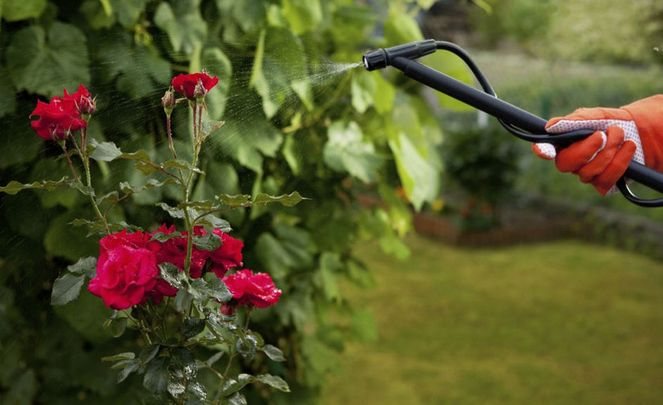

Let the flower stand for 3 - 4 hours, until a permanent film forms on all its surfaces, which prevents air exchange. Some of the pests will die already at this stage. Next, you need to wash off the soap and wrap the still wet rose bush in polyethylene for a day - two. Dishwashing detergent is suitable instead of soap. The procedure is repeated several times in a row.
Garlic or onion extract
Peel and chop 2 medium heads of garlic or 1 onion. Place in a glass container, pour 1 liter of water at room temperature and place in a dark place for 5 days. The infusion is concentrated. It is diluted with another 1 liter of water and the plants are sprayed through a spray bottle. In total, 3 treatments are needed, carried out after 2 days.
Tobacco infusion
Take 200 g of tobacco and 5 liters of water, mix and let stand for a day.Then boil for 2 hours, strain and let it brew. Dilute the resulting mixture with water in equal proportions, add a grated bar of laundry soap (100 g). Treat the bushes several times with an interval of 5 days between dressings.
Biological enemies of spider mites
Miniature arthropods are not omnivorous. There are a number of ornamental plants that they absolutely cannot stand. In the vicinity of these representatives of the garden flora, rose bushes will be completely safe. It is worth placing nearby:
- color scheme;
- gloxinia;
- cyclamen;
- aloe;
- marigold;
- Saintpaulia.


In the garden next to the rose garden, you need to plant parsley, basil, celandine, chamomile, tansy and calendula.
The predatory mite phytoseiulus will quickly destroy its herbivorous relatives, since it feeds only on them. You can purchase this living salvation in specialized stores. Having freed the rose bushes from the "invader", phytoseiulus dies.
Description and characteristics of the parasite
Spider mites (Tetranychidae) are representatives of the Prostigmata suborder of the thrombidiform order, herbivorous arthropods 0.2-1 mm in size. The bodies of adults are whole, unsegmented, covered with regular transverse rows of needle-shaped, pinnate, or leaf-shaped setae that perform the function of touch.
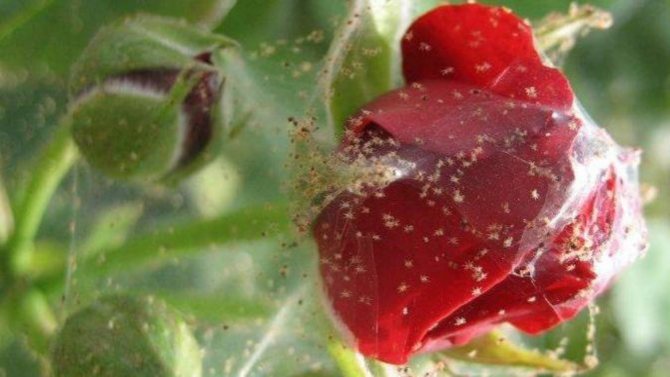

The thin structured cuticle that protects the body of the tick from damage can have a greenish-yellow, orange, red or bright scarlet hue. With multiple magnification on the dorsal side of his body, one can see dark spots - translucent internal organs. The species has highly developed sexual dimorphism: males are much smaller than females, and their bodies are more elongated.
Nymphs and adult ticks have four pairs of legs, while larvae have only three. The legs are thin, ending in a complex claw device that allows them to cling to the leaves of plants. The piercing-sucking oral apparatus is presented in the form of a proboscis, adapted for piercing and subsequent suction of juice. A spider gland is located near the proboscis.
The salivary glands of pests secrete a special enzyme that destroys the chloroplasts of plant cells. Food preferences depend on the species of insects: for example, polyphagous mites are completely unpretentious and can feed on any species of plants, up to conifers, oligophages - only certain species, and monophages - exclusively on the juice of a certain representative of the flora. So, the Turkestan tick is a wide polyphage, and the red one is an oligophage (by the way, roses usually suffer from it).
Pests live on all continents except Antarctica, but their fertility depends on many factors - for example, climate, season, age of females, nutritional value of a particular plant. In tropical latitudes and greenhouse conditions, ticks multiply continuously, and in temperate climates they actively produce offspring only in favorable conditions - in dry weather in combination with temperatures above +25 ° С.
Chemicals
The listed measures are good with a small number of parasites, but what if a cobweb has already appeared on a room rose and the flower is rapidly losing its appearance along with its vitality? Only the use of chemicals will help here. They are chosen according to the specific situation.
| Drug name | Act | Active substance |
| Actellic | The strongest of the insectoacaricides. Very toxic, not recommended for indoor use. It has an enteric-contact effect on adults, the effect lasts up to 14 days. | pirimiphos-methyl |
| Floromite | Destroys arachnids in the growth stage. The result appears quickly and lasts 3 weeks. | biphenazate |
| Apollo | Sterilizes mature pests and damages eggs. Protects for 2 months. | clofentesine |
| Neoron | As well as "Appolo" refers to ovicides, that is, it affects the reproduction function of parasitic organisms. | bromopropylate |
| Fitoverm | It belongs to biological products, it is considered the least dangerous for people and pets. Requires a greater number of etchants, otherwise it is no less effective than toxic counterparts. | aversectin C |
When working with any chemical preparations, you need to wear a respirator and gloves, and also take care of good ventilation of the room.
Preventive measures
It is better to prevent the appearance of a spider mite than not knowing how to get rid of it later. The pest does not multiply in a humid environment, so you need to constantly create it. Spraying the “queen of flowers” daily will help soften the dry air of the room and will be the best defense against aggressive arachnids.


Roses - indoor and garden roses, require regular watering, especially during the growing season. But it is also impossible to overmoisten the soil and flowers, so as not to provoke fungal infections. In the garden, it is necessary to limit the use of insecticides - broad-spectrum drugs, together with pests, kill many beneficial insects. It is after such treatment that a massive invasion of spider mites is observed. Excessive fertilization with nitrogen-containing dressings also plays into the hands of this predator. It is important to maintain a balance and not forget about potassium, which creates an environment that is "unfriendly" to the pest.
Dried leaves and faded buds must be removed immediately. In the rose garden in front of the shelter for the winter, all plant residues are removed so that parasites do not hibernate in them. The earth around is deeply dug up.
Where do spider mites come from on indoor plants
The reasons why indoor roses are covered with cobwebs are partly in the small size and lightness of these arachnid insects. That is why they can be brought into the room with a gust of wind from the surrounding bushes and other plants. They can also appear if another flower was brought into the room, already affected by a pest.
